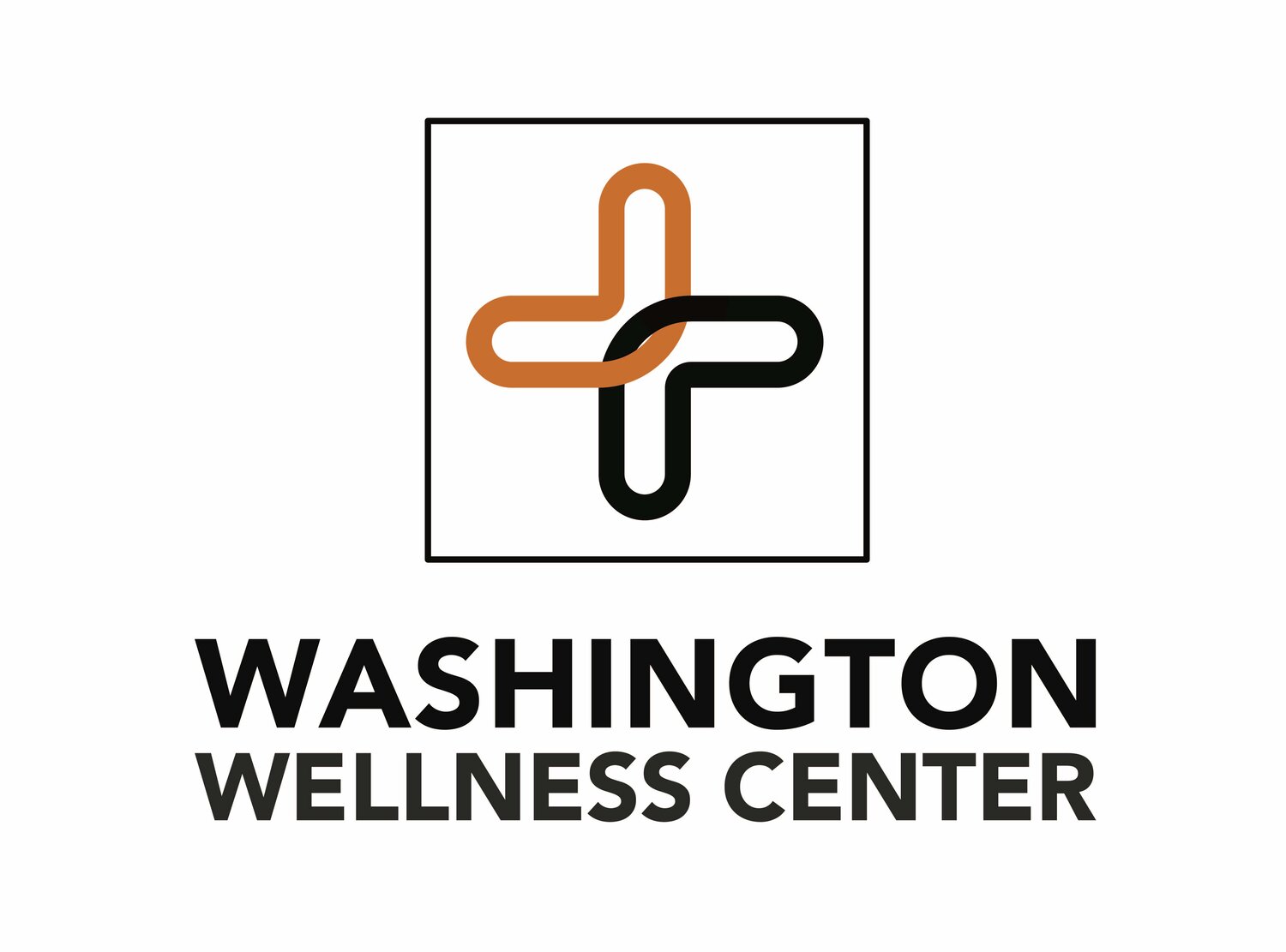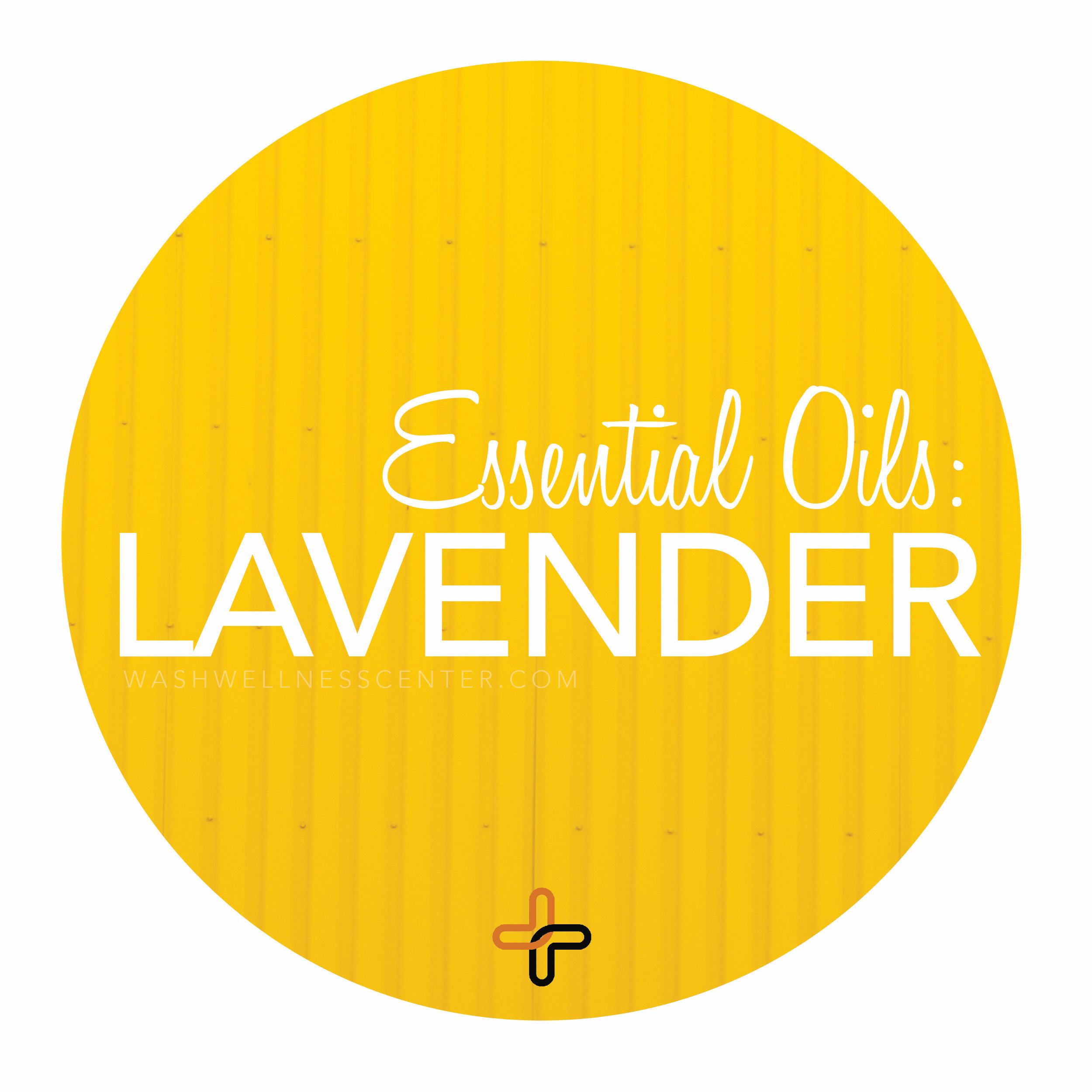COULD YOU BE MAGNESIUM DEFICIENT?
Article written by: Tara AhQuin- Abba’s Set Apart Remedies Owner/ Patient @ Align Utah
Fact: Magnesium once the eighth most abundant mineral found in the earth, third most abundant mineral in sea water, and the fourth most abundant mineral in the human body.
Many individuals have been dealing with health issues associated with magnesium deficiency, but have no clue that being deficient in a single mineral, could be the leading cause of what ails them. That simply by supplementing with magnesium in multiple ways, could bring them complete relief from the horrible symptoms they have endured for so many years.
Long ago, soil and water were man’s most predominant source of magnesium. Presently our soil and water have been completely stripped away of this vitally important mineral. Unfortunately, most modern farming practices tax the soil, depleting it of its natural magnesium. In addition, most farmers are using fertilizers that are completely void of magnesium and replacing it with a compound of nitrogen, potassium, and phosphorus, which do nothing to restore the magnesium levels. Not to mention, the over whelming amounts of petro-chemicals like the active ingredient in Roundup (Glyphosates) that have been dumped into our soil, and reaping havoc in our bodies. This has created food that is completely deplete of any nutrients particularly, magnesium. Another issue, is our water supply has been utterly devoid of magnesium, since they began poisoning our drinking water with fluoride. Fluoride, which is a neurotoxin, will bind together with the magnesium, creating a nearly insoluble mineral compound that ends up deposited in the bones, where its brittleness increases the risk of fractures. Rendering the magnesium absolutely unrecognizable and useless to the body. Not to mention, the plethora of other toxic chemicals being added to the soil and water, contributing and increasing the numerous symptoms many are already experiencing. “You may ask yourself, why in heavens name would anybody be doing this?” In my opinion, I believe it’s all very calculated and all being done intentionally, with a specific agenda in mind! What do you think?
Additional Reasons for Magnesium Deficiency and Depletion:
·Consuming less than three servings of vegetables per day
·Consuming foods from depleted and contaminated soils
·Excess alcohol, sugar, caffeine, and processed food consumption
·A diet high in foods with phytic acid (un-sprouted and un-soaked grains, legumes, nuts, and seeds)
·Taking prescription medications like antibiotics and diuretics
·Poor digestive absorption and assimilation due to leaky gut
·Extreme exercise or anything that would induce excessive sweating
The Reason Why Many Suffer and Even End Up Dying from Symptoms of Magnesium Deficiency!
ØConsider Dr. Norman Shealy’s (a world renown holistic pain and depression specialist) statements, “Every known illness is associated with a magnesium deficiency” and that, “magnesium is the most critical mineral required for electrical stability of every cell in the body.”
Magnesium is actually necessary for over 300+ biochemical reactions within the body. It is a crucial component for every cell in the human body to function adequately. It has been found to be one of the most vitally important minerals in our bodies, and the mineral most people are extremely deficient in. Undoubtedly, even more important than other minerals like calcium, potassium, or sodium, in fact, it’s absolutely necessary to regulate all three. The deficiency of magnesium is often misdiagnosed and unrecognized because it does not show up in blood tests- only 1% of the body’s magnesium is actually even stored in the blood, 99% of the body’s magnesium stores are really held within soft tissue. So standard blood tests given by allopathic doctors wouldn’t even be an efficient way to assess magnesium levels. Most doctors and laboratories don’t even include accurate magnesium status in their routine testing. This is the main reason most allopathic doctors have no clue that their patient’s symptoms are directly related to a magnesium deficiency, resorting to prescribing them heavy doses of pharmaceutical drugs to manage their dis-ease. Seems to me, there’s really only a hand full of physicians, the majority of them practicing functional medicine. These are the physicians that have been discovering the link, and understanding the direct correlation between magnesium deficiency and the numerous symptoms that countless individuals have been suffering.
If you’re interested in getting the most accurate testing for your magnesium levels, here’s a link to check out (a soft tissue test advised from two magnesium experts Dr. Carolyn Dean and Dr. Norm Shealy). Whatever you decide or if you have any questions; first contact and consult with Dr. Taylor beforehand, so he can advise you on what’s best for you and your health!
EXA Test results provide information not available through blood or serum tests for
A test for cellular magnesium called EXATEST is available at www.exatest.com
Magnesium Deficiency Triggers or Causes the Following Conditions:
1.Anxiety and Panic attacks- Magnesium (Mg) normally keeps adrenal stress hormones under control.
2.Asthma- Both histamine production and bronchial spasms increase with Mg deficiency.
3.Blood clots- Mg has an important role to play in preventing blood clots and keeping the blood thin-much like aspirin but without the side effects.
4.Bowel disease- Mg deficiency slows down the bowel causing constipation, which could lead to toxicity and malabsorption of nutrients, as well as colitis.
5.Cystitis- Bladder spasms are worsened by Mg deficiency.
6.Depression-Serotonin, which elevates moods, is dependent on Mg. A Mg-deficient brain is also more susceptible to allergens, foreign substances that can cause symptoms similar to mental illness.
7.Detoxification- Mg is crucial for the removal of toxic substances and heavy metals such as aluminum and lead.
8.Diabetes- Mg enhances insulin secretion, facilitating sugar metabolism. Without Mg insulin is not able to transfer glucose into cells. Glucose and insulin build up in the blood causing various types of tissue damage.
9.Fatigue- Mg-deficient patients commonly experience fatigue because dozens of enzyme systems are under-functioning. An early symptom of Mg deficiency is frequently fatigue.
10.Heart disease- Mg deficiency is common in people with heart disease. Mg is administered in hospitals for acute myocardial infarction and cardiac arrhythmia. Like any other muscle, the heart muscle requires Mg. Mg is also used to treat angina, or chest pain.
11.Hypertension- With insufficient Mg, spasm of blood vessels and high cholesterol occur, both of which lead to blood pressure problems.
12.Hypoglycemia- Mg keeps insulin under control; without Mg episodes of low blood sugar can result.
13.Insomnia- Sleep-regulating melatonin production is disturbed without sufficient Mg.
14.Kidney Disease- Mg deficiency contributes to atherosclerotic kidney failure. Mg deficiency creates abnormal lipid levels and worsening blood sugar control in kidney transplant patients.
15.Liver Disease leading to liver failure- Mg deficiency commonly occurs during liver transplantation.
16.Migraine- Serotonin balance is Mg-dependent. Deficiency of serotonin can result in migraine headaches and depression.
17.Musculoskeletal conditions- Fibrositis, fibromyalgia, muscle spasms, eye twitches, cramps and chronic neck and back pain may be caused by Mg deficiency and can be relieved with Mg supplements.
18.Nerve problems- Mg alleviates peripheral nerve disturbances throughout the whole body, such as migraines, muscle contractions, gastrointestinal spasms, and calf, foot and toe cramps. It is also used in treating central nervous symptoms of vertigo and confusion.
19.Obstetrics and Gynecology- Mg prevents Premenstrual Syndrome; prevents dysmenorrhea (cramping pain during menses); is important in the treatment of infertility; and alleviates premature contractions, preeclampsia, and eclampsia in pregnancy. Intravenous Mg is given in obstetrical wards for pregnancy-induced hypertension and to lessen the risk of cerebral palsy and Sudden Infant Death Syndrome (SIDS). Mg should be a required supplement for pregnant mothers.
20.Osteoporosis- Use of calcium with Vitamin D to enhance calcium absorption without a balancing amount of Mg causes further Mg deficiency, which triggers a cascade of events leading to bone loss.
21.Raynaud’s Syndrome- Mg helps relax the spastic blood vessels that cause pain and numbness of the fingers.
22.Tooth decay- Mg deficiency causes an unhealthy balance of phosphorus and calcium in saliva, which damages teeth. Material excerpted from Dean, Carolyn. The Miracle of Magnesium (2003 Ballantine Books: New York, NY), 2003. pp. 5-7.
3 of the Easiest Ways to Begin Increasing Your Magnesium Levels:
·Consuming more organically grown chlorophyll dense whole foods; such as plenty of green leafy vegetables such as spinach, Swiss chard.
·Consuming other whole magnesium rich foods- avocados, figs, soaked raw almonds and pumpkin seeds, raw or organic homemade kefir or yogurt (made from raw cow or goats milk), organic soaked black beans, raw cacao (in the form of powder, nibs, raw cacao chocolate 70% or higher is best and of course organic if possible), bananas, and wild caught salmon (not farm raised).
·If you think you may be more severely magnesium deficient and want to improve your levels more quickly, you may consider taking a magnesium supplement.
For supplementation, the most bio- available sources would be either a liquid magnesium chloride or magnesium chelate.
Tip: If you decide to take a powdered magnesium supplement in the form of a capsule or tablet. Dr. Carolyn Dean MD, ND, best known as “the Magnesium Queen” from her Amazing book “Magnesium Miracle” suggests the best way to determine the amount of magnesium needed for each individual; is to begin taking the recommended dose then increasing that by a pill a day until you get really loose BM’s then decrease by one. So basically, whenever you experience some loose stools going down, continue to decrease by one. That would be the most accurate way of determining the precise amount of magnesium needed…. Isn’t that an Awesome tip? I thought so when I heard her share that!
·Last, but certainly not the least of the options I listed. Actually, I saved the best for last magnesium chloride oil used topically on the skin can lead to a faster level of absorption. When used on a consistent basis magnesium oil whether rubbed on feet before bed, applied to various areas on the body, or used in a relaxing foot soak bath are absolutely amazing ways for improving symptoms of insomnia, headaches, migraines, twitching of eyes or body, muscle cramping, restless leg syndrome etc.…
A Word to Share from the Women Behind the Fat!
Abba’s Set Apart Remedies Nutrient Dense Personal Care Line of Products
Featured in picture above are the ABBASAR’s products containing concentrated Magnesium Oil
sold @ Align Family Chiropractic in SLC, Utah.
In my experience using and working with straight magnesium oil for my family and I, and others I have heard from, we all have experienced a terrible drying of the skin when applied on a consistent basis. This was one of the main reasons, as well as the many others I had mentioned above, which lead and provoked me to infuse many of my products with magnesium oil. In my experimenting through the years I had found that the combination of the nutrient dense moisturizing tallow; blended with my highly absorbent-super concentrated form of magnesium oil; worked together in harmony. I truly believe my heart was divinely inspired, by my Abba and Creator. For a year prior to being motivated with this idea, my heart and prayer to my ABBA in Heaven (FYI: ABBA means Daddy in the Biblical Hebrew language) was that He would in some way use me to help others in the same way my loved ones and I had been helped and touched in our lives! Every single ingredient I selected to use in my ABBASAR products I have learned through Him. I bestow to GOD (YAHUWAH- God’s name in Biblical Hebrew) all my praise and honor, may the many lives that have been touched by using my products be to His glory! I pray that through my continual journey to wellness, I will be obedient to hear His small still voice and have the spiritual discernment to follow His lead in all of life’s situations that come my way.
Sources for this Article Blog:
The Magnesium Miracle-Dr. Carolyn Dean MD ND -www.carolyndean.com
Magnesium Deficiency Symptoms and Diagnosis Article- Dr. Mark Sircus, Ac., OMD, DM (P)-www.drsircus.com
Shealy Wellness- www.normshealy.com
Top Ten Magnesium Rich Foods Article-Dr. Josh Axe-www.draxe.com
Are you Low on Magnesium Article- Wellness Mama- www.wellnessmama.com
A noninvasive intracellular tissue analysis of mineral electrolytes. EXA Test results provide information not available through blood or serum tests for magnesium, calcium, sodium, potassium, phosphorus, and chloride. Ask Dr. Taylor for more info: www.exatest.com
Article written by: Tara AhQuin- Abba’s Set Apart Remedies Owner/ Patient @ Align Family Chiropractic














